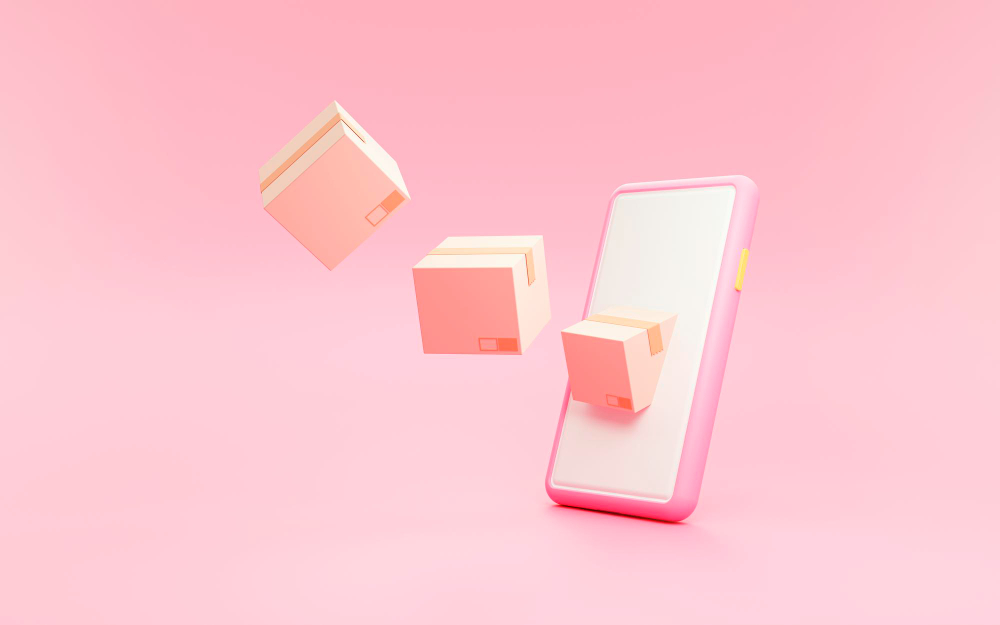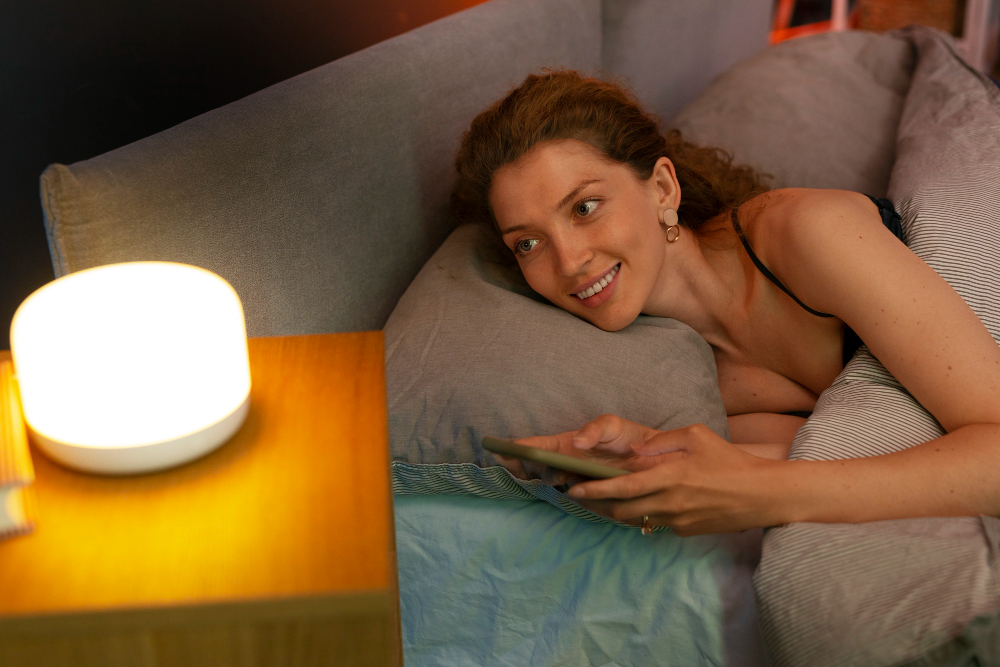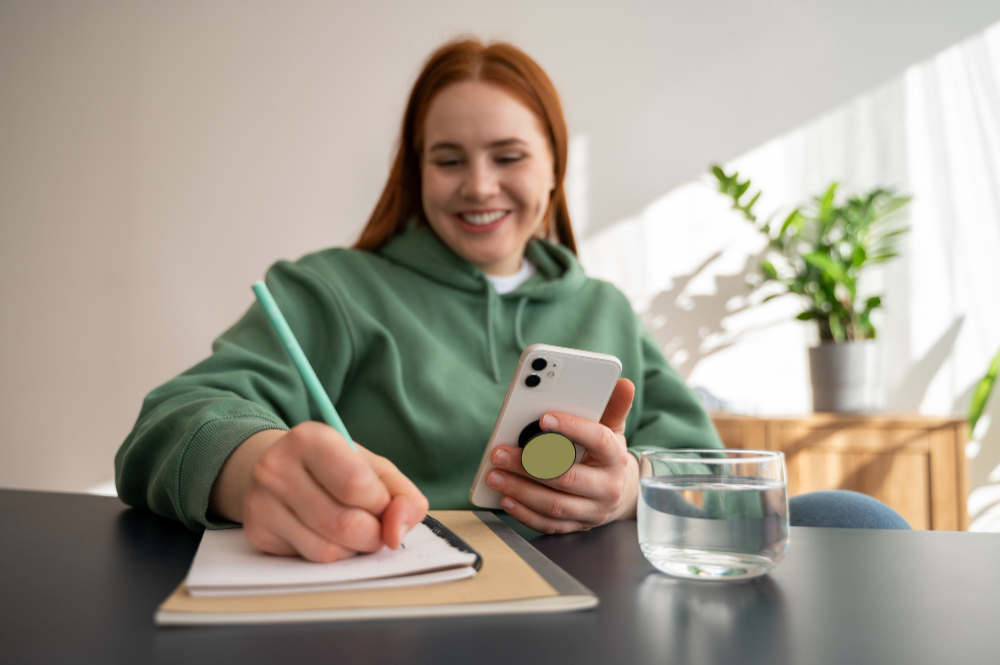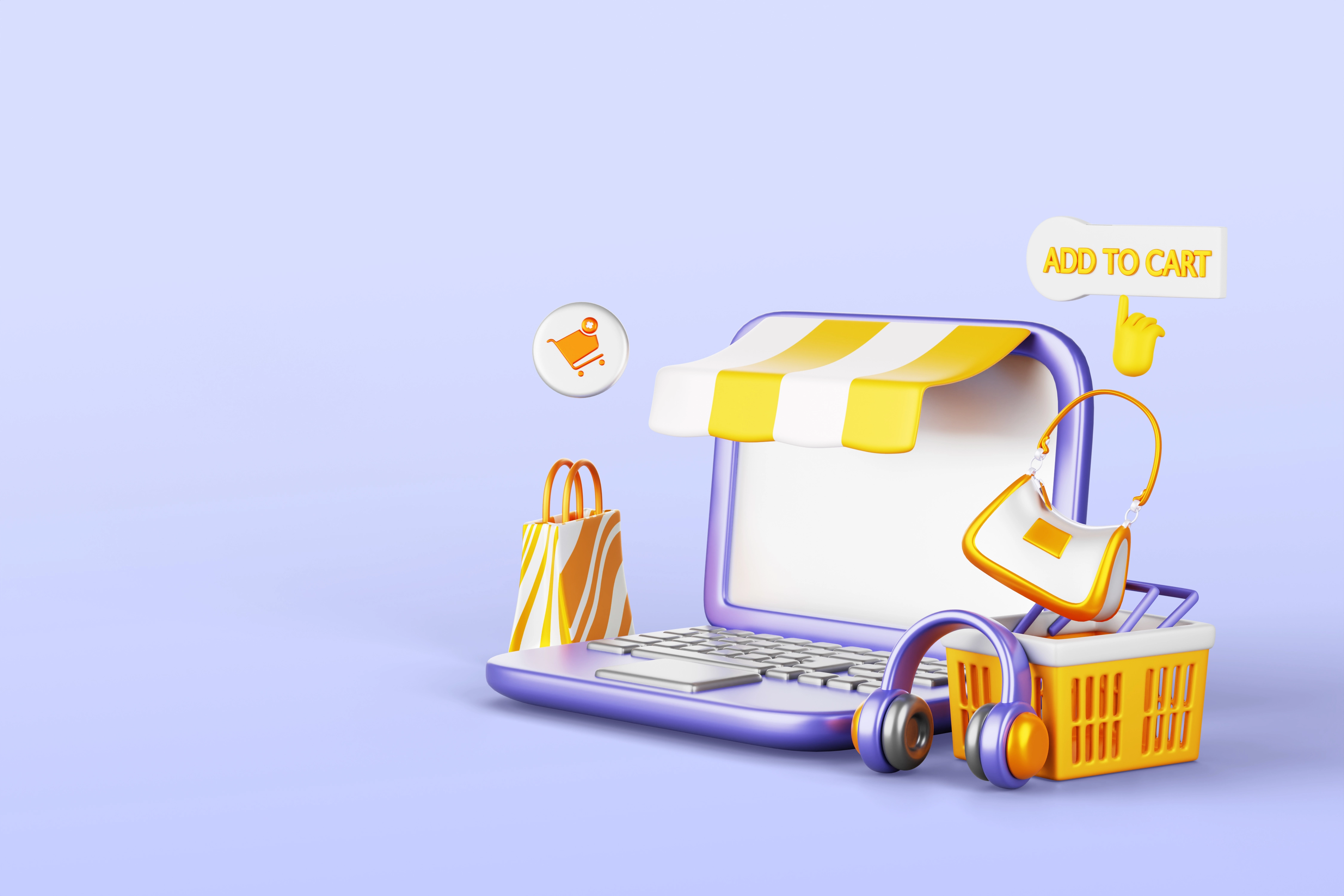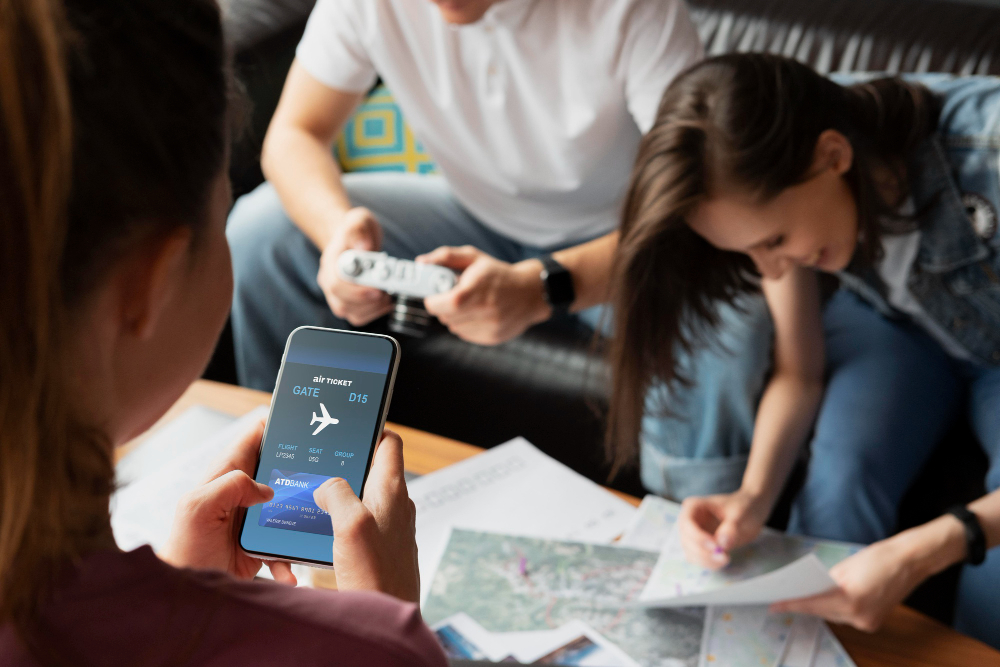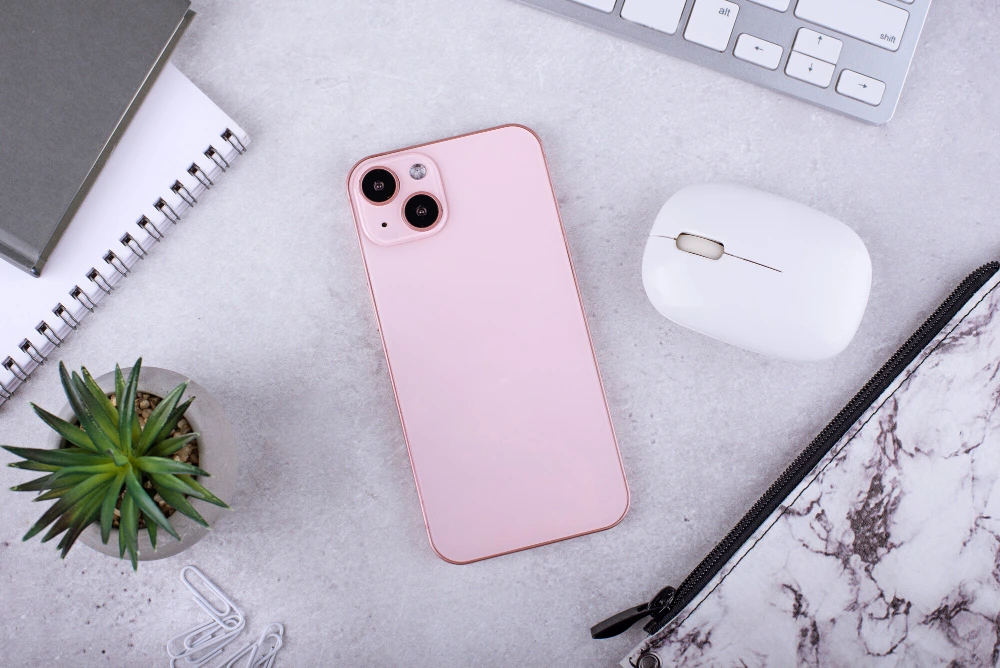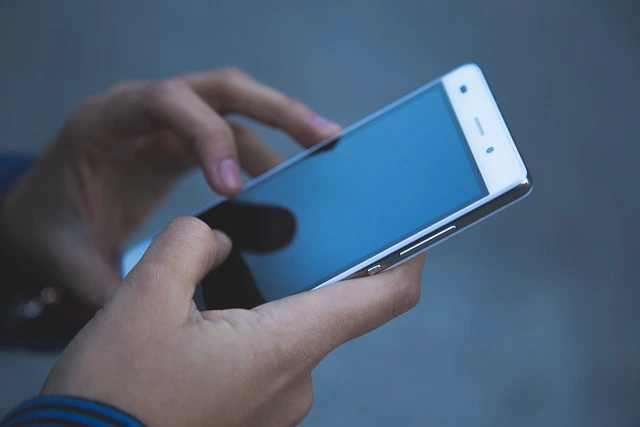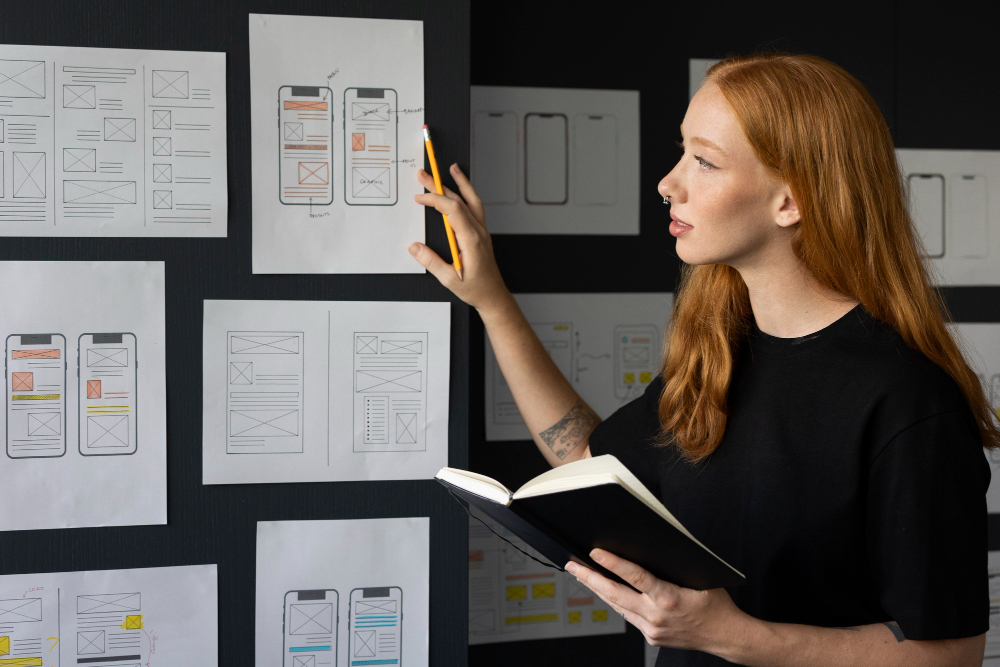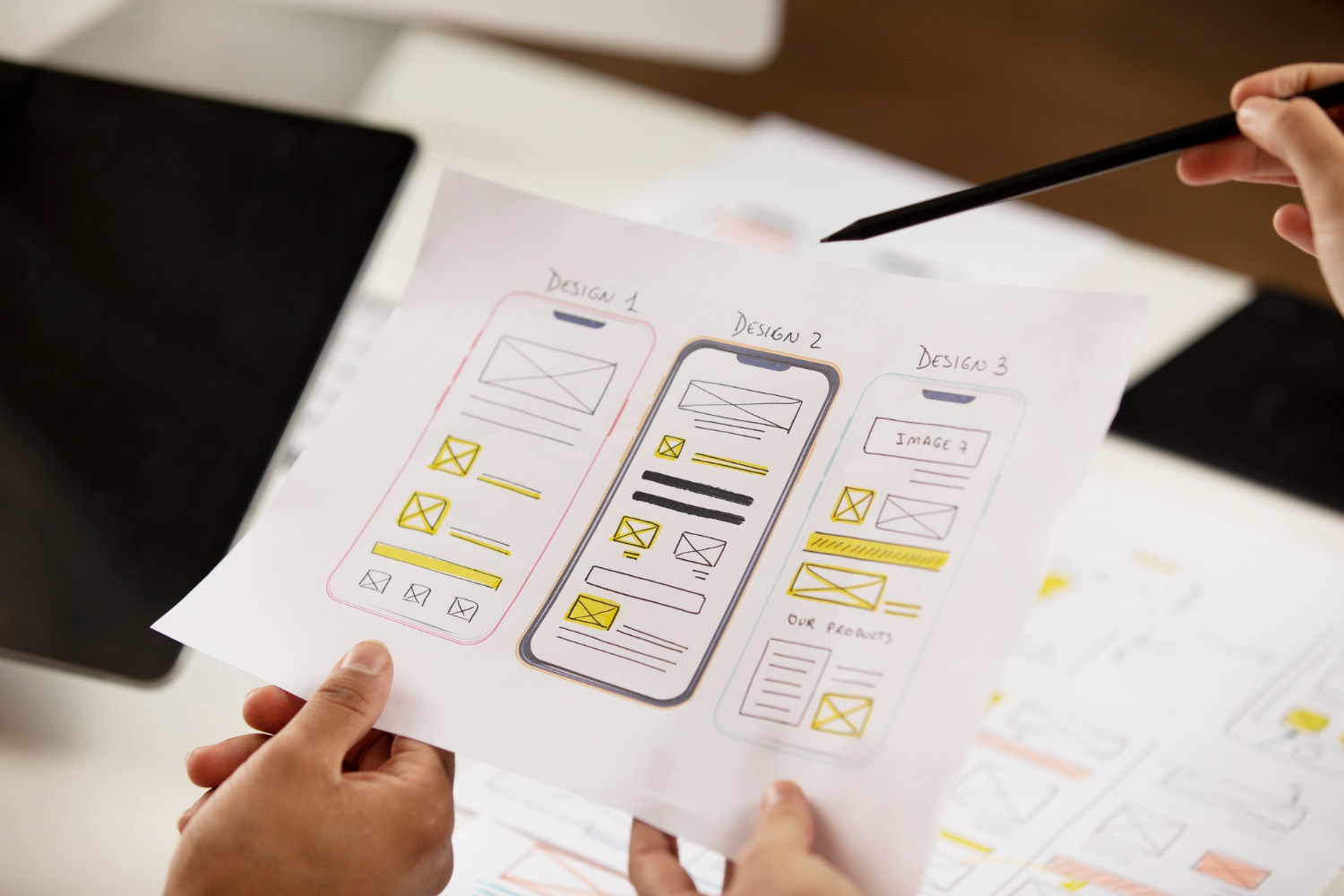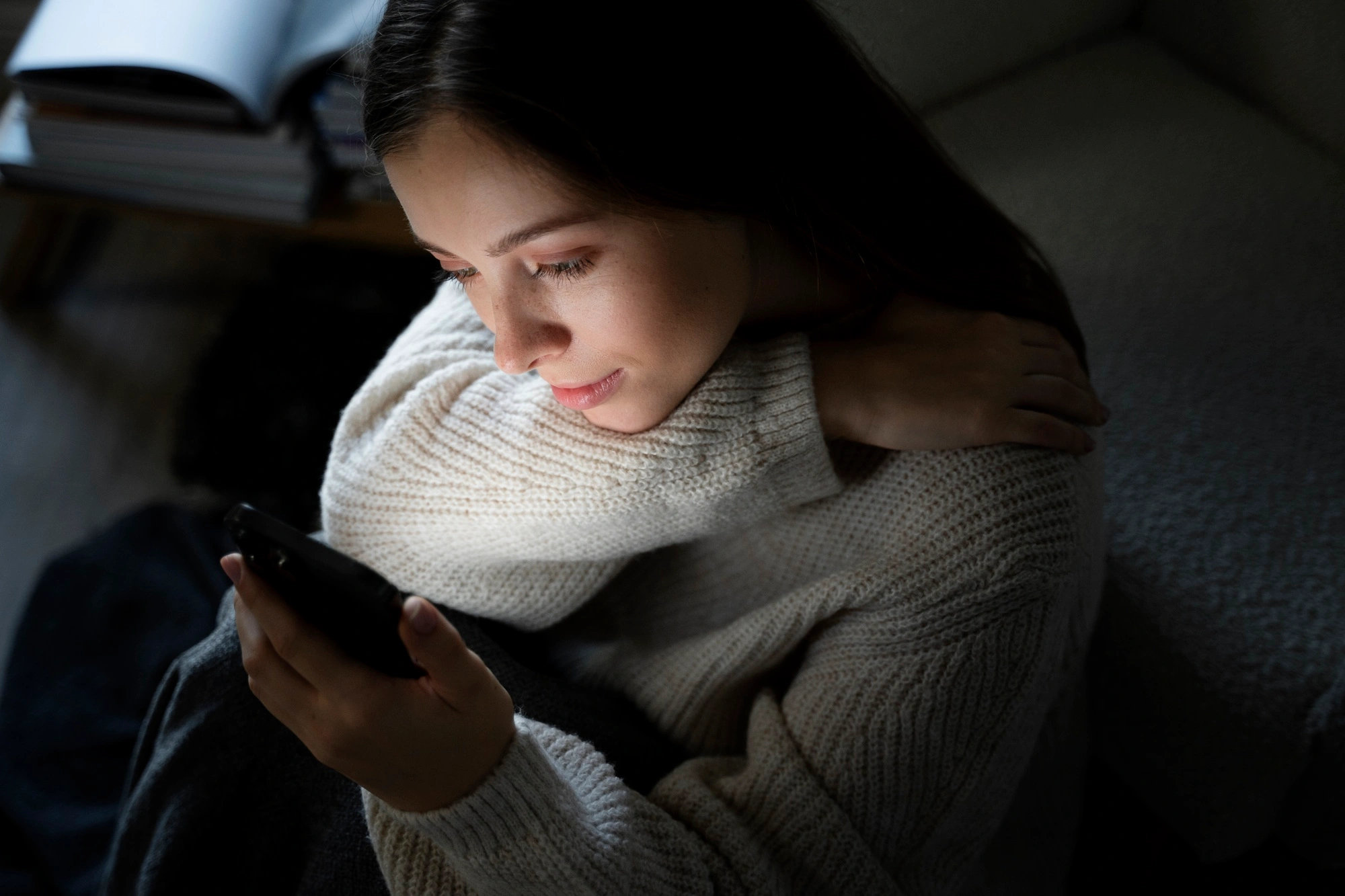With every passing day, we learn about more and more mental health challenges our friends, colleagues, and family members are quietly facing. The stories are becoming more common–and more urgent. Behind every brave face is someone who might need help but doesn’t know where to start. The need for accessible, thoughtful digital support has never been greater–and we have the opportunity to provide it.
A few years ago, one of our teammates shared something that stuck with us. After struggling with anxiety for months, he downloaded a highly rated mental health app—but deleted it the same evening. "It felt cold," he said. "Too clinical. Like I was filling out a tax form, not reaching out for help."
If someone close to us had that experience, how many more people are out there feeling the same–or worse? That question changed the way we think about digital mental health tools.
That moment shaped how we build.
Creating digital tools for mental health is not just about building features. It’s about building trust, safety, and connection. Whether it's a therapy companion, mood tracker, or meditation app, the design must feel like a soft landing—not a clinical form.
At Olearis, we’ve seen that successful mental health app development starts with empathy. If your goal is to support users emotionally, the app needs to offer more than functionality—it must offer comfort.

Why Design Matters in Mental Health Apps
A mental health app is deeply personal. People use it during their most vulnerable moments—late at night when anxiety spikes, or in the morning when motivation is low. That means the design must:
- Feel calming and safe
- Avoid overwhelming interfaces
- Use inclusive, supportive language
- Offer microinteractions that reassure and validate
These choices aren’t just aesthetic—they directly impact engagement and retention.
What Makes Great Mental Health App Design?
Soft and Supportive Onboarding
First impressions matter. Instead of jumping straight into signups or assessments, great apps greet users with soft visuals, friendly copy, and gentle encouragement. Letting users ease in sets the tone for the rest of the experience.
Mood-Based Navigation and Content
Apps that adapt to how users feel in the moment build stronger trust. Whether through sliders, emojis, or guided questions, allowing users to express how they feel—and tailoring content accordingly—makes the app feel like a companion, not a tool.
Space to Breathe
Good design is about knowing when not to speak. White space, slower transitions, and simple layouts help users stay calm. Cluttered screens increase anxiety. The best mental health apps offer clarity, not noise.
Affirmation-Driven Microinteractions
When a user logs a feeling or completes a breathing exercise, the response shouldn’t be “done”—it should be “you did something good for yourself.” Small, meaningful messages and animations add emotional reward to everyday actions.
Private by Default
The safest mental health apps treat privacy as core to their design. That means discreet app icons, local data storage when possible, easy logout options, and clear, kind explanations of data policies. Trust starts with feeling secure.
Inclusive Visuals and Language
Avoiding generic stock imagery and using illustrations or animations with diverse representation matters more than most think. So does language. Text should feel personal, never clinical. Say “how are you today?” not “log symptoms.”
Offline Access and Gentle Nudges
Mental health support shouldn’t require high-speed internet. Offline journaling or downloaded meditations help users anytime. And if you do use reminders—make them soft. “We’re here if you need us” is better than “Time to check in.”
.webp?alt=media&token=555371c5-a025-49c8-a715-b347b271a8ec)
Why This Approach Works
In one of our recent projects, we replaced form-based journaling with a simple emotion slider and dynamic mood suggestions. Engagement increased by 36%. Why? Because the app stopped feeling like work—and started feeling like a space.
When users feel emotionally supported—not evaluated—they’re more likely to return. Great design invites them in and reminds them that they’re not alone. That’s how we turn digital tools into real sources of comfort.
And beyond metrics, the real value comes from users sharing how the app made them feel seen or supported during hard moments. That emotional resonance is the ultimate measure of success.
If you’re thinking about building a mental health app, start with empathy. Build something that cares. At Olearis, we’ve helped clients bring thoughtful, beautifully designed mental health tools to life—and we’re ready to do the same with you.



